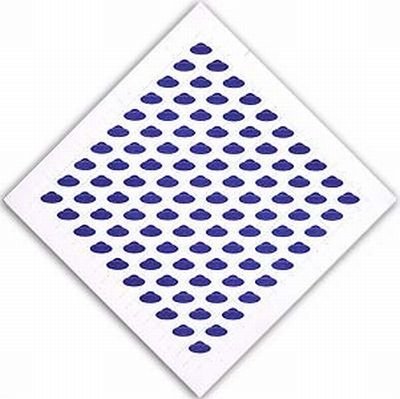|
|
LSD Blotter Paper Art
|
LSD was first synthesized on November 16, 1938 by Swiss chemist Dr. Albert Hofmann at the Sandoz Laboratories in Basel, Switzerland as part of a large research program searching for medically useful ergot alkaloid derivatives. LSD's psychedelic properties were discovered 5 years later when Hofmann accidentally ingested an unknown quantity of the chemical. The first intentional ingestion of LSD occurred at 4: 20 PM on April 19, 1943, when Dr. Hofmann ingested 250 µg of LSD. He hypothesized this would be a threshold dose based on the dosages of other ergot alkaloids. Hofmann found the effects to be much stronger than he anticipated. Sandoz Laboratories introduced LSD as a psychiatric drug in 1947.
Beginning in the 1950s the US Central Intelligence Agency began a research program code named Project MKULTRA. Experiments included administering LSD to CIA employees, military personnel, doctors, other government agents, prostitutes, mentally ill patients, and members of the general public in order to study their reactions, usually without the subject's knowledge. The project was revealed in the US congressional Rockefeller Commission report in 1975.
In 1963 the Sandoz patents expired on LSD. Also in 1963, the US Food and Drug Administration classified LSD as an Investigational New Drug, which meant new restrictions on medical and scientific use. Several figures, including Aldous Huxley, Timothy Leary, and Al Hubbard, began to advocate the use of LSD. LSD became central to the counterculture of the 1960s. On October 24, 1968, possession of LSD was made illegal in the United States. The last FDA approved human study with LSD, for use in dying cancer patients, ended in 1980. Legally approved and regulated psychiatric use of LSD continued in Switzerland until 1993. Today, medical research is resuming around the world.
|
|









